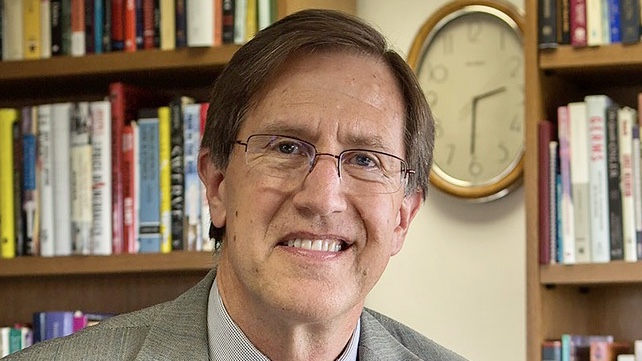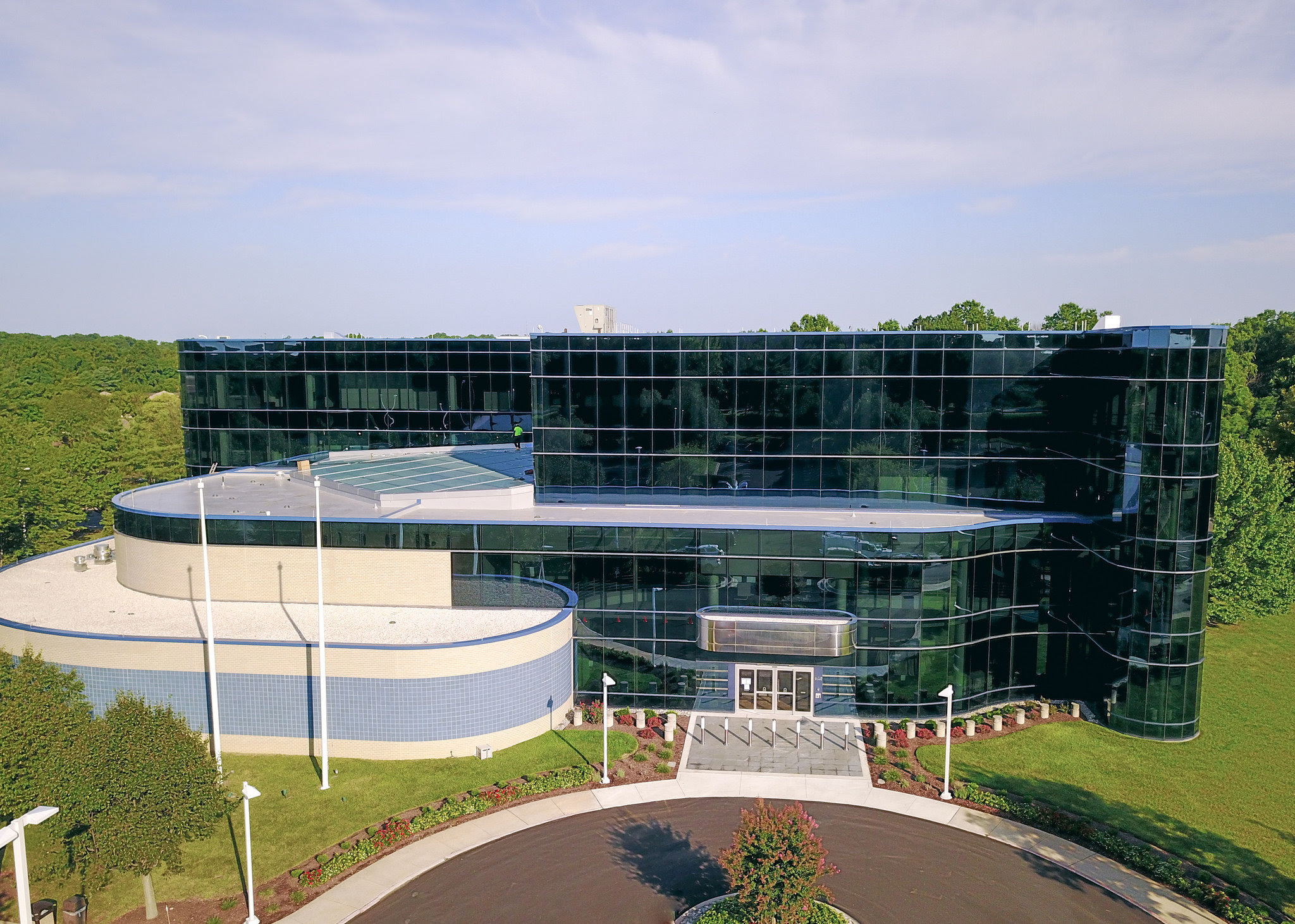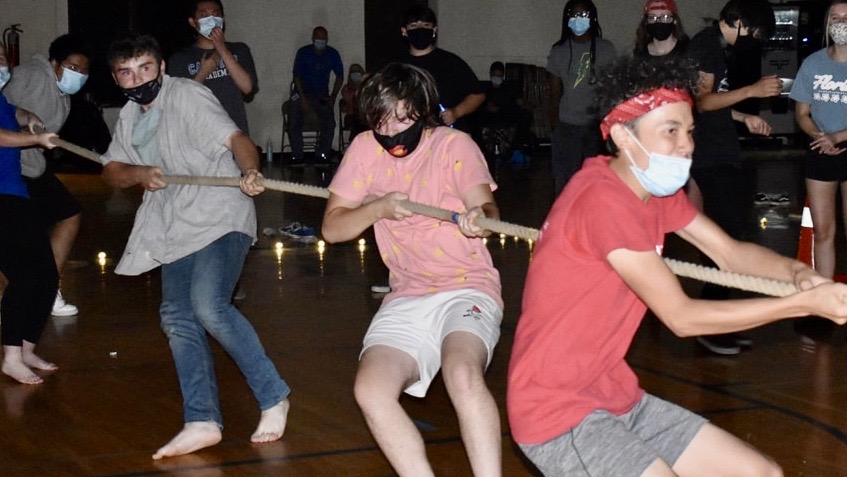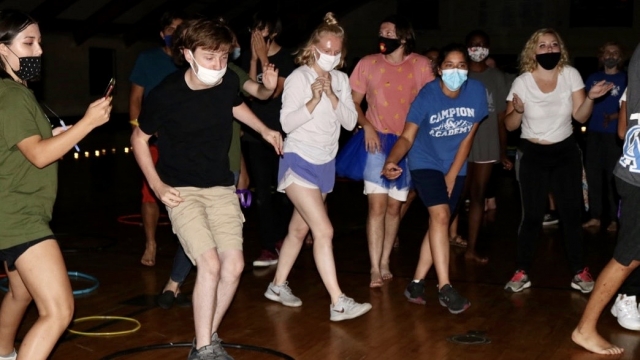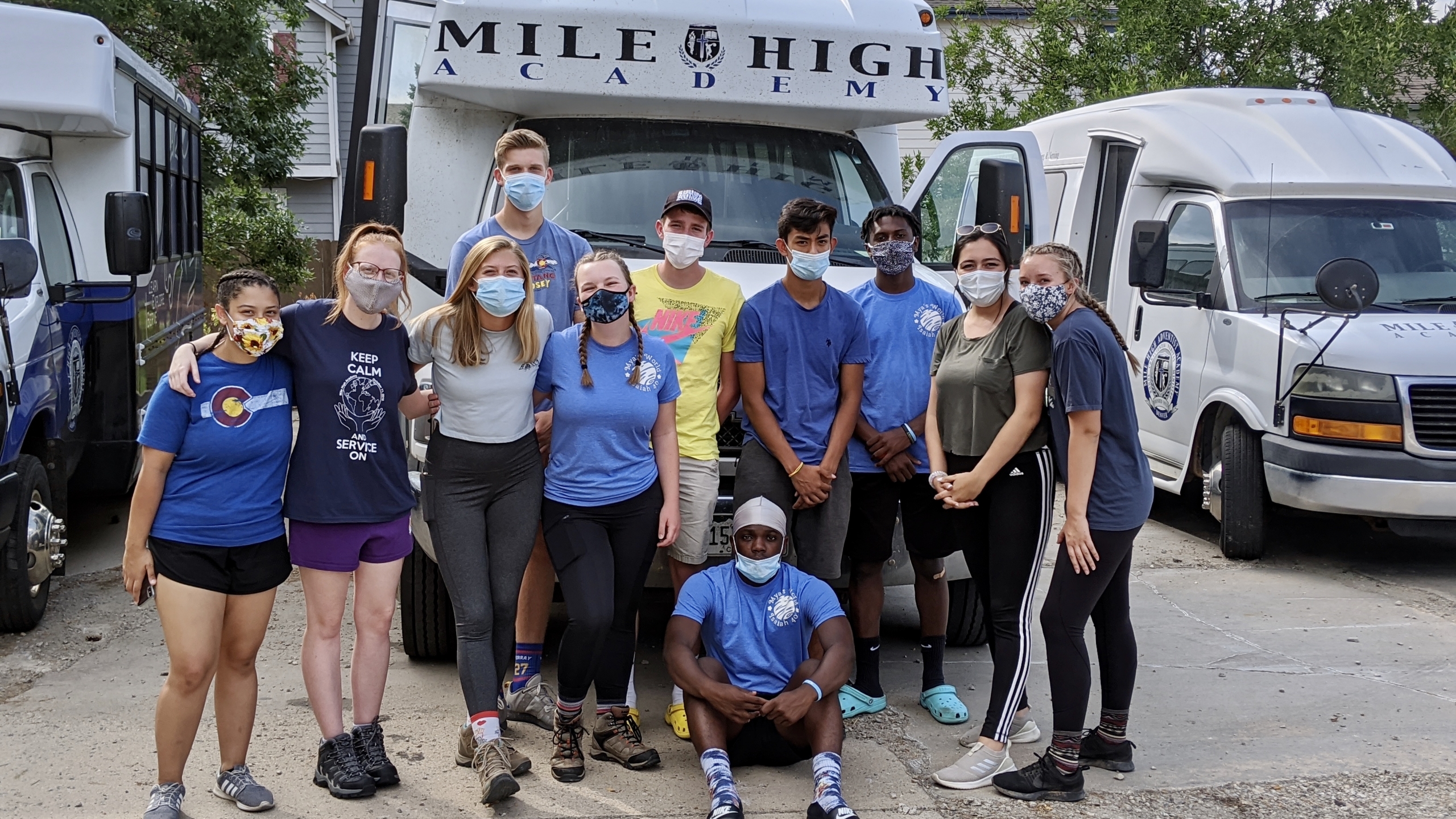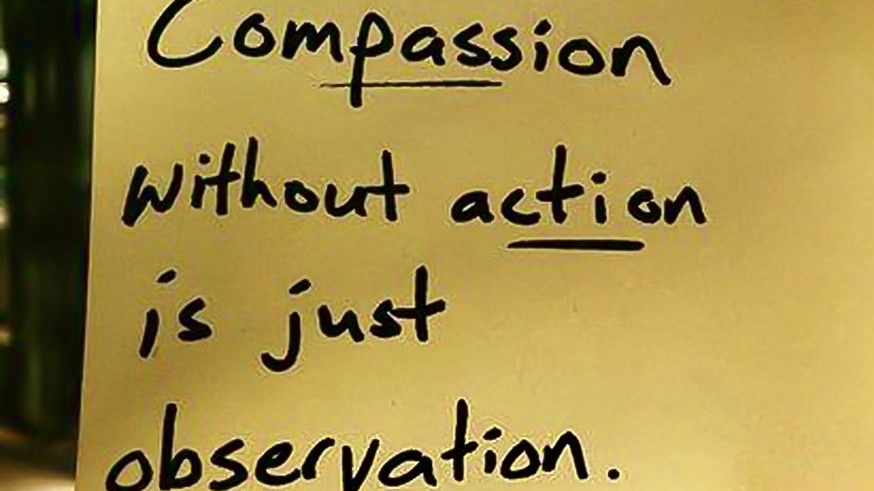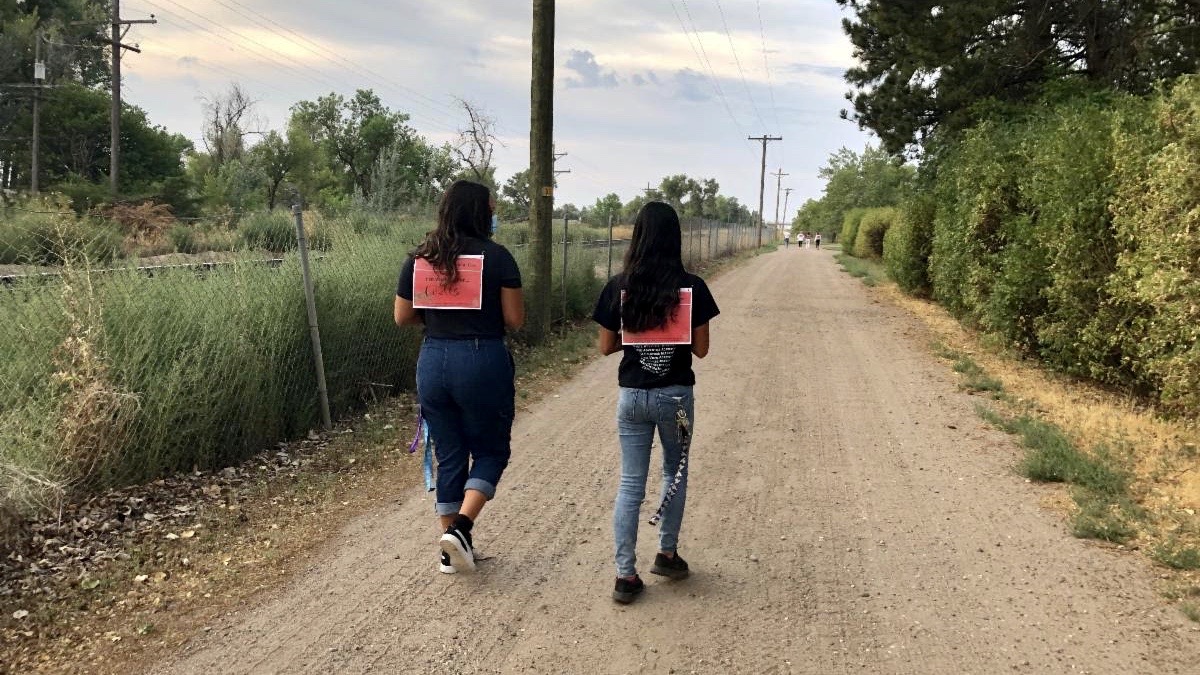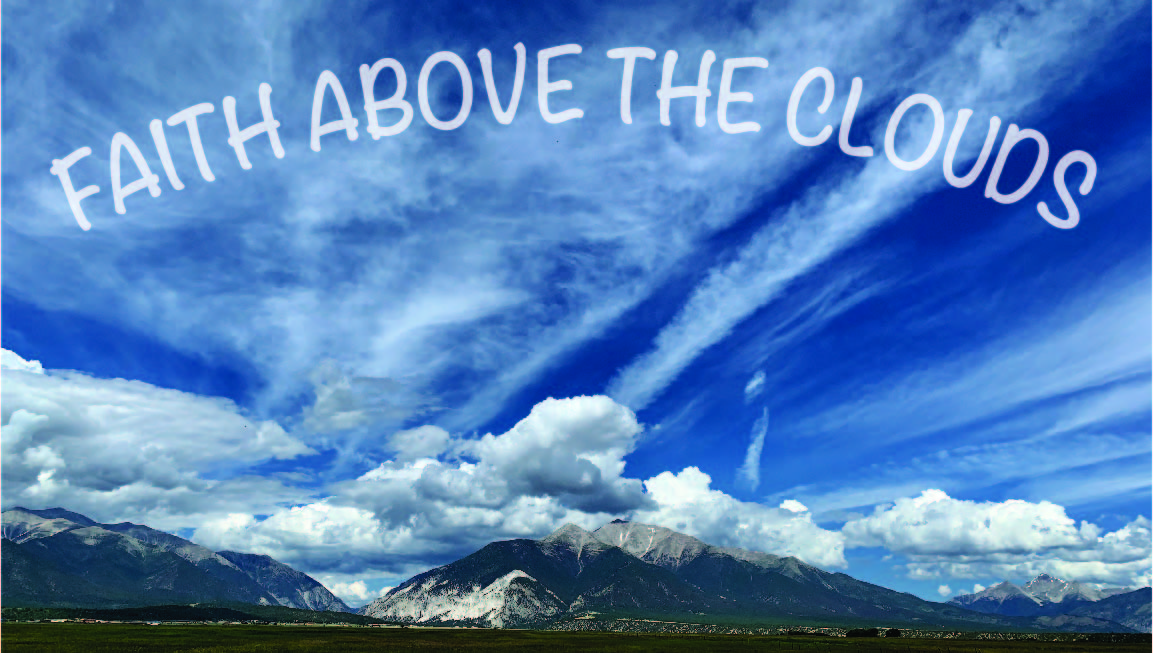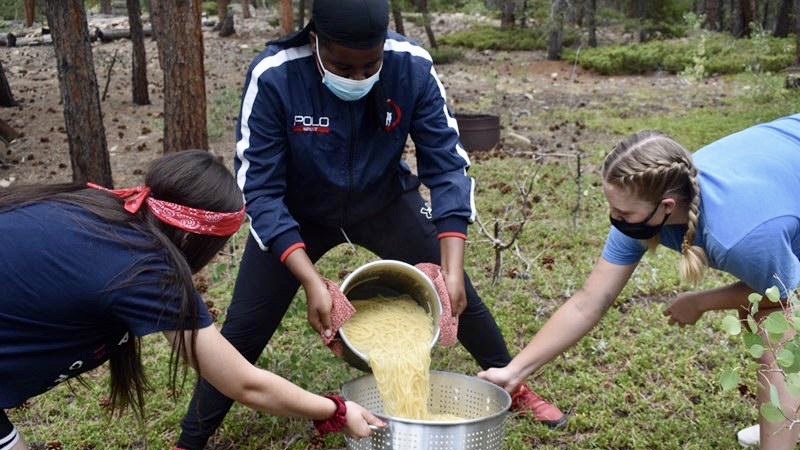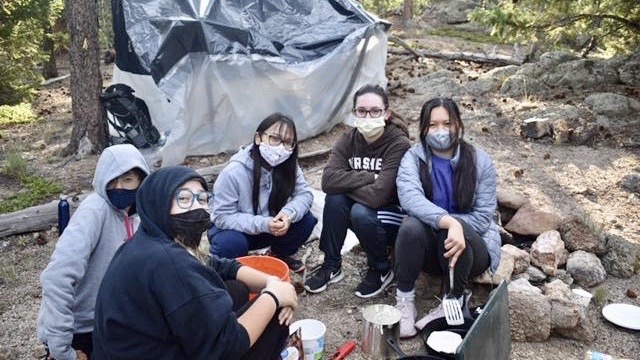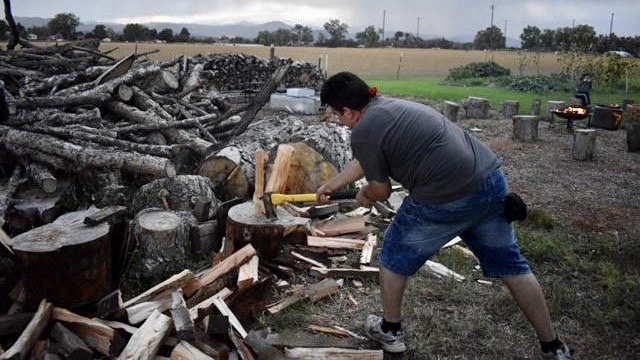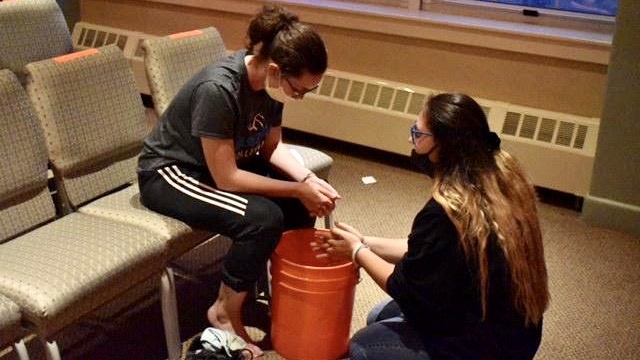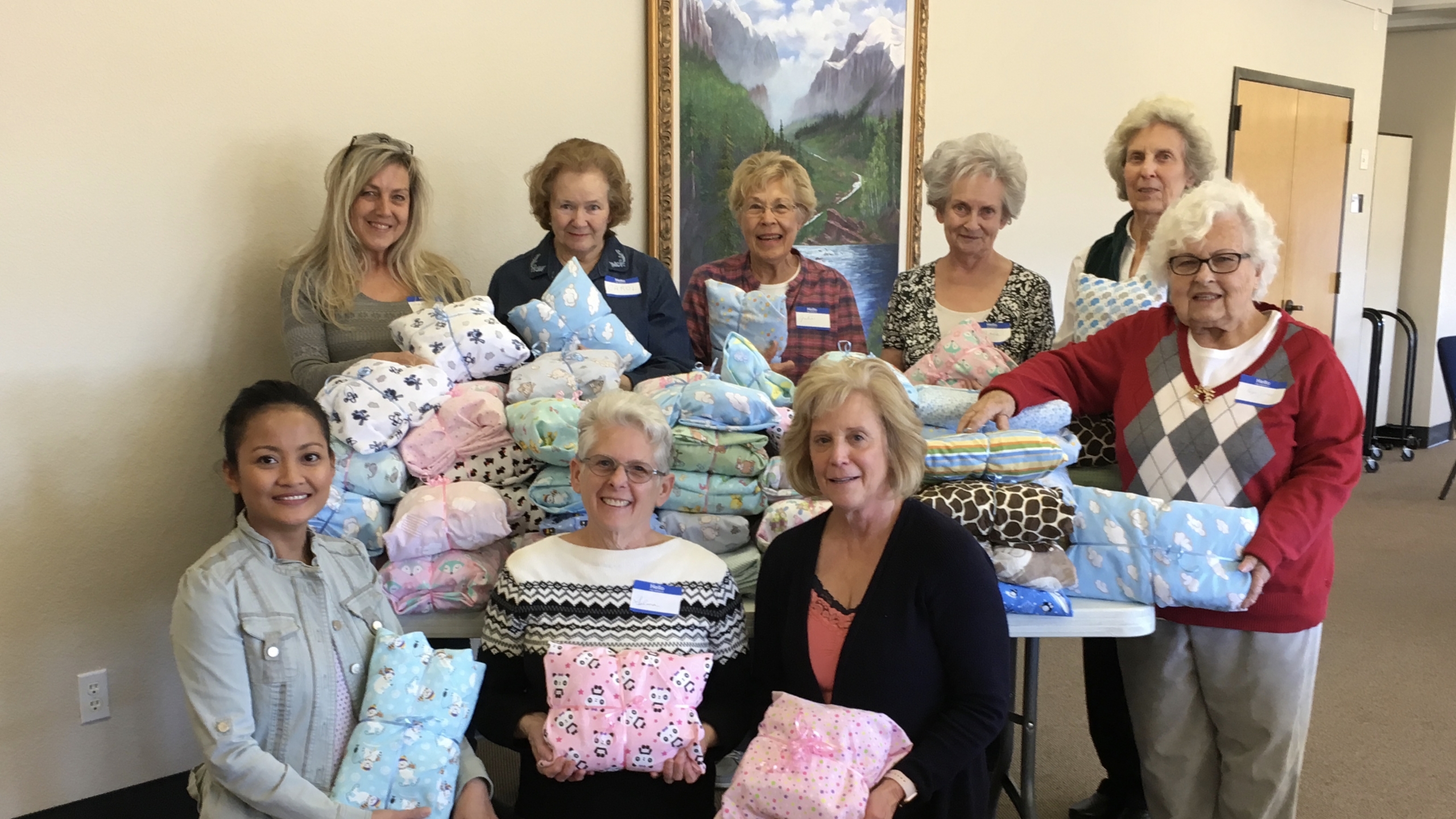By Jesse Tasche — I saw this meme – when religious people send “thoughts and prayers” instead of doing anything helpful – and it sent me on a whirlwind of thought. As someone with a chronic pain condition that came on suddenly and sent me into a downward spiral of severe depression and struggling social interactions, it is important for me to receive love instead of just “prayers”. Prayers are great, and important, but sometimes those of us who are struggling need to know we are not just being dismissed need to feel heard. If we aren’t, we will quickly descend into ourselves, stop opening up, and eventually, stop talking altogether. “How can I do this?” you ask. “Aren’t we supposed to pray for you?” Let’s delve into the Bible for some help in understanding how to aid people around us.
Luke 9:10-11 gives us a great example of Jesus having a very clear plan for his day, trying to rest and debrief with his friends. But we see that people in need get to him first. He doesn’t look at them and say, “I’m sorry for what you’re going through You’ll be in my prayers.” He stops what He is doing to talk with them and heal them:
“When the apostles returned [from preaching and healing], they reported to Jesus what they had done. Then He took them with Him and they withdrew by themselves to a town called Bethsaida, but the crowds learned about it and followed him. He welcomed them and spoke about the kingdom of God, healing those who needed healing.”
I know we’re not healers like He was as you can’t, heal me by touch, but there is such a thing as emotional healing. Little by little, those of us whose souls are crying, are slowly restored and find happiness through people who reach out to show they care.
We’ve often heard this next passage, but instead of putting it in the context of the economically poor, let’s put it in the context of the poor in spirit or those of us who are emotionally broken instead of those who are struggling financially:
“The King will reply, ‘Truly I tell you, whatever you did for one of the least of these brothers and sisters of mine, you did for me.’
“Then he will say to those on his left, ‘Depart from me, you who are cursed, into the eternal fire prepared for the devil and his angels. For I was hungry and you gave me nothing to eat, I was thirsty and you gave me nothing to drink, I was a stranger and you did not invite me in, I needed clothes and you did not clothe me, I was sick and in prison and you did not look after me.’ (Matthew 25:40-43)
Here Jesus is saying if we dismiss those who are hurting instead of taking the time to truly listen to their pain, we literally might not make it to Heaven. For we were given opportunities to show His love, and we simply walked away.
We can see the concepts of emotional hurt and physical hurt when we go to Luke 8, Mark 5, or Matthew 9 (take your pick) where Jesus shows compassion to the woman who’s been impoverished by illness. She’s spent all she had on doctors who couldn’t heal her. Her disease robbed her of her livelihood and ruined her reputation. Out of desperation, she touches Jesus’ cloak, and is healed. Jesus stops what he’s doing and draws attention to her, giving her the opportunity to share her journey and miraculous healing with the crowd. Her literal poverty from doctor bills is paired with an emotional and spiritual poverty from being labeled “unclean”, or in today’s terms, “broken”. And Jesus was there for that as well.
Later, Paul tells us to “Do nothing out of selfish ambition or vain conceit. Rather, in humility, value others above yourselves, not looking to your own interests but each of you to the interests of the others. In your relationships with one another, have the same mindset as Christ Jesus.” (Philippians 2:3-5) A passive promise to pray without expending effort as Jesus did is a form of selfishness. Yes, it is great to say you will pray for someone who is struggling, but if there is no action behind the words, the hurting person is left feeling alone and “preached” at. Action is important.
I say action tentatively because every individual is different, God was brilliant in His design, making each of us unique, meaning we each need different things to feel loved or valued. This is where an honest conversation comes in. It might be hard for your hurting friend to open up but asking for frankness and honesty usually helps them realize you want to. Some may just need your vulnerable, attentive listening ear while the hurting person vents and vents and vents. It may be that you must educate yourself on their hurt so you don’t make ignorant comments and can offer helpful suggestions. Or maybe it is finding out their love language and attempting to serve them when they are hitting their low points. Not abandoning them when they are melancholy or pessimistic, speaks volumes. Those who stick with you in the dark are those who truly love you.
The world looks a whole lot better when we stop dismissing other’s pain in favor of our own comfort and start being there for them in their darkest tunnels.
—Jesse Tasche, a graduate of Union College. She writes from Casper, Wyoming. This commentary was first published on her Facebook page

